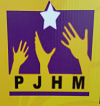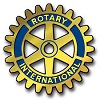OCCUPATIONAL THERAPY
What is Occupational Therapy?
Occupational Therapy is health care service concerned with an individuals ability to function in everyday life activities and occupations that provide meaning to the individual’s life. Occupational Therapy is important when an individual’s ability to participate in and / or perform these task (e.g self care, work, going to school, play, social interaction and living independently ) is affected or compromised by illness, disease, disability or disorder. ( mental, physical, social, emotional etc.)
Areas an Occupational Therapist treats
a.) SELF CARE
- Grooming – combing hair, brushing teeth and nail care.
- Bathing / Showering – soaping, rinsing and drying all body parts, sequencing body parts to wash (rhyme)
- Dressing – Orientate clothing, shoes and socks, Right and left discrimination while dressing, back & front
- discrimination while dressing, fastening and unfastening.
- Feeding – Setting up food, selecting and using appropriate utensils and tableware, bringing food or drinking to mouth, swallowing.
- Toileting – Toileting management, clothing management, cleaning body and caring for menstrual.
b.) WORK AND PRODUCTIVE ACTIVITIES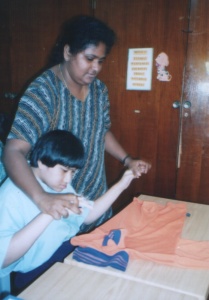
- Home Management
- Clothing Care – obtaining and using supplies, sorting and laundering. folding, ironing, storing.
- Cleaning
- Meal preparation / cleanup
- Shopping
- Money Management
c.) SENSORIMOTOR
– Sensory awareness
– Sensory processing
- Tactile
- Proprioceptive
- Vestibular
- Visual
- Auditory
- Gustatory
- Olfactory
d.) FINE MOTOR
- finger, hand strength, position & stability
- pencil grip & control
- wrist & or forearm control
- copying shapes
- fluency / finger movements
- spatial organisation (space letter formation)
- quality of work
- visual perception skills
- speed & dexterity
- tweezers, scissors, finger isolated movements
e.) GROSS MOTOR
- ball skills – throwing & catching, hitting ball
- balance : hopping, balancing on one leg, walking on a balance beam, walking heel-toe.
- clumsiness
- awkward running or jumping
- co-ordination of body sides, difficulty skipping, doing star jumps
- difficulty with dancing
f) Cognitive Therapy (Color, Shape, Number Concept)
- Orientation – Identifying person, place, time and situation
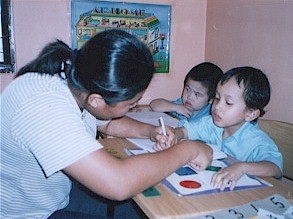
- Recognition – Identifying familiar faces, objects
- Attention span
- Initiation of activity
- Termination of activity
- Memory
- Sequencing – placing information, concepts and actions in order
- Problem solving
- Learning – Acquiring new concepts and behaviors
g) SOCIAL SKILLS
- Role performances
- Social conduct – Interacting using manners, personal space, eye contact, gestures, active listening

- Interpersonal skills – Using verbal and non-verbal communication to interact in variety settings
- Self Expression – Using a variety of styles and skills to express thoughts, feeling and needs
- Self management
– Coping skills
-Time management
– Self control
Occupational Therapy services / treatment includes :
- Early Sensory stimulation
- Social Interaction and Communication training
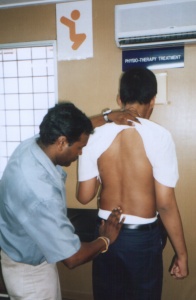
- Behavior Modification
- Play therapy
- Cognitive Stimulation
- Activity of Daily Living
- Motor Skills Training
- Individual Therapy
- Recreatioal Therapy
- Group Therapy
- Art Therapy
- Relaxation Therapy
- Special Education
- Compression Therapy
- Therapeutic Activity
- Cognitive Assessment and Retraining
- Perceptual Assessment and Retraining
- Sensory Re-education
- Aids and adaption
- Activities of Daily Living Training

